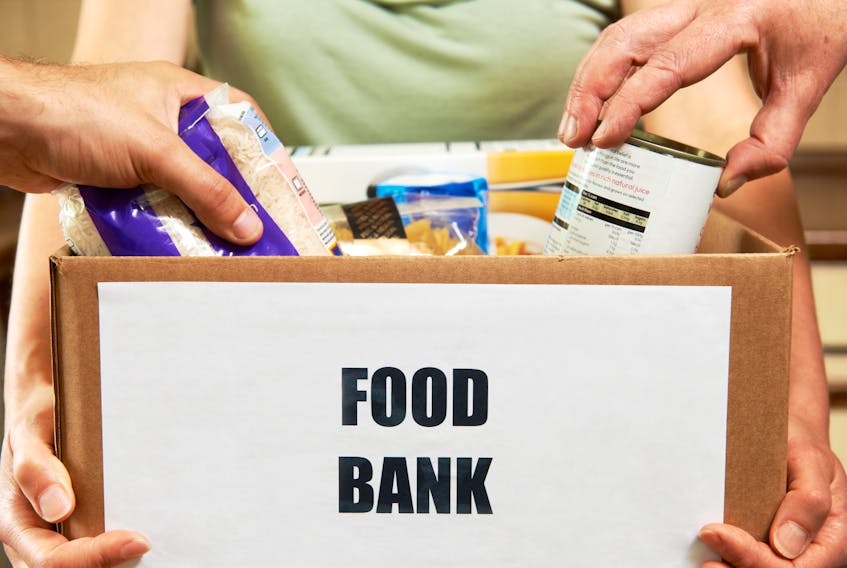Nova Scotia is at the top of another measure of poverty in Canada.
The latest bad news comes in Statistics Canada's report on food insecurity, released earlier this week. Food insecurity, simply put, is hunger and/or the fear of hunger because there's not enough money to buy food. It's about as real as poverty gets.
In 2017-18, across Canada, 12.7 per cent of households suffered some level of food insecurity. In Nova Scotia, the number is 15.4 per cent — almost one in six households — the highest rate recorded in any province.
Across Atlantic Canada, in Prince Edward Island, 14 per cent of households experience food insecurity. In Newfoundland and Labrador, the figure is 14.8 per cent and in New Brunswick, it's 13 per cent.
As you drill down into the grim numbers, StatsCan warns the margin of error widens, but they still tell a dismal tale.
If hunger is a defining characteristic of abject poverty in Canada, single women and their children are its face. Statistics Canada reports food insecurity is a problem for about a third of single-mother households across the country.
On the East Coast, the numbers are worse. In Nova Scotia, more than four in 10 single-mother households suffer food insecurity, and 14 per cent of those households are living with severe food insecurity.
The stats out of Newfoundland and Labrador, for households of this type, are even more disturbing. More than 45 per cent of single-mother households in the province suffer food insecurity, with 36 per cent experiencing it at moderate to severe levels.
StatsCan tells us that marginal food insecurity occurs in households where there's worry about running out of food and/or limited food selection due to a lack of money. Moderate food insecurity exists when the households compromise on the quality or quantity of food, and severe food insecurity exists when a scarcity of food forces “a reduced intake or disrupted eating patterns” — people going hungry.
The provincial Community Services Department, responding to the StatsCan report, said in a written statement that no amount of poverty is acceptable, but there are no simple solutions or quick fixes, either.
The department pointed to the government's $20-million Poverty Reduction Strategy, which directed more than $1 million to programs that promote food security.
But long-term damage from hunger is occurring now. Countless studies have shown that adults and children in households experiencing food insecurity suffer from poorer mental and physical health than the broader population, poorer oral health, greater stress, and are more likely to suffer from chronic conditions such as diabetes, hypertension and mood and anxiety disorders.
As Angella MacEwan and Christine Saulnier argued in their 2010 report on The Cost of Poverty in Nova Scotia, the moral imperative of ending poverty is self-evident, but there's a compelling dollarsand-cents business case to be made for effective poverty reduction and prevention strategies, as well.
“Poverty is linked with higher rates of crime, increased health-care needs (and costs), higher school drop-out rates, and lost productivity.”
Theirs, and numerous similar studies, found the costs of poverty are greater than the cost of eliminating and preventing poverty.
A decade ago, MacEwan and Saulnier wrote that public policy needs to make the connection between the social, economic, and health components of well-being; here it is 2020, and the government still can't connect the dots.
In those 10 years, poverty and hunger have remained stubbornly persistent. In the past decade, moderate to severe food insecurity has increased marginally across Canada and remained relatively constant in Nova Scotia.
After a five-year reform effort, income assistance rates in Nova Scotia were adjusted upward by two to five per cent last year, and IA recipients are now permitted to keep more earned income.
The province recently announced a dollar-per-hour increase in the minimum wage, effective April 1, and the pre-primary program will be available to every fouryear-old in the province in September.
Those are all steps in the right direction, but mostly small, incremental ones.
Premier Stephen McNeil has promised action to combat child poverty in next week's budget. Let's hope for something bold because incremental change isn't getting the job done.









